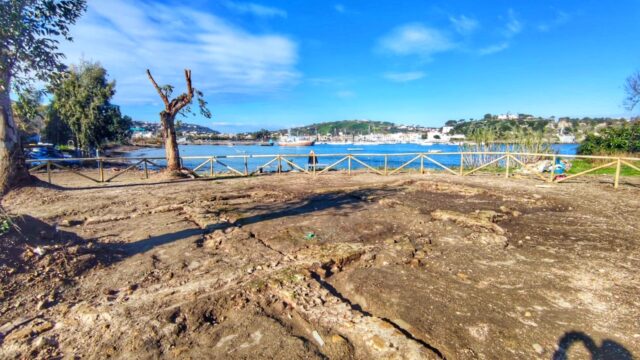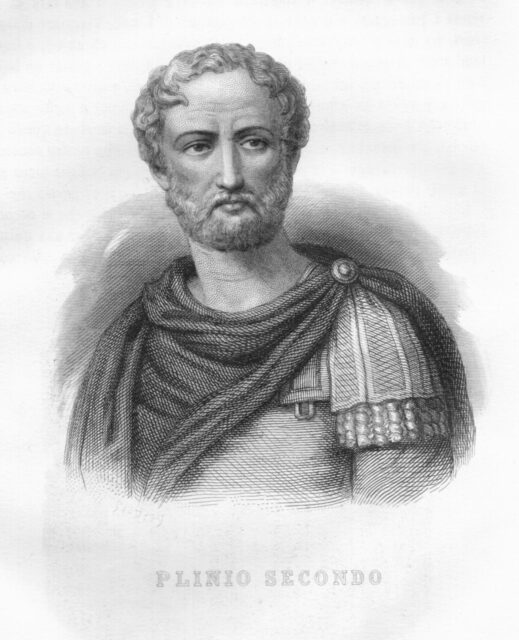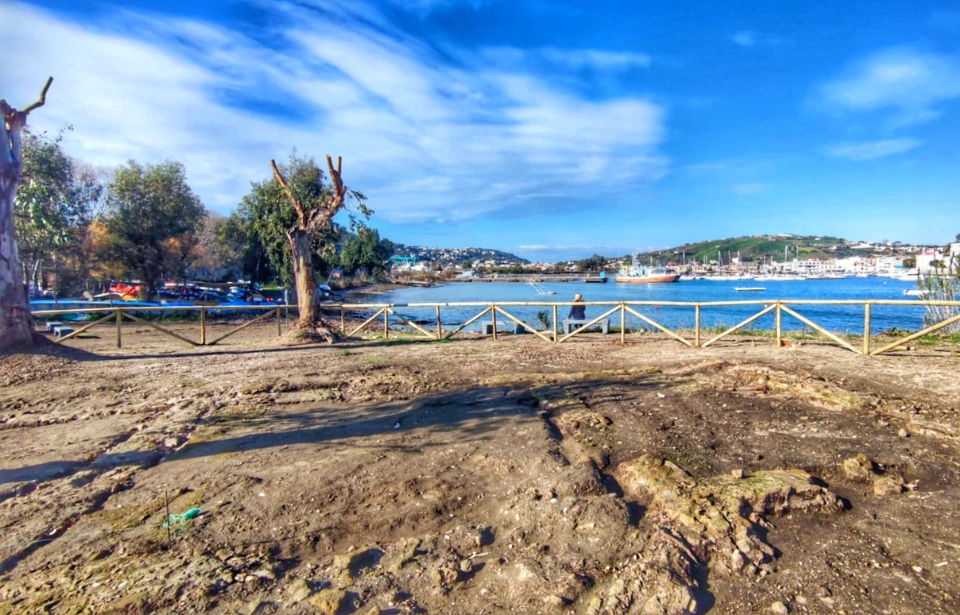Archaeologists made a shocking discovery after surveying an area for the construction of a playground in Bacoli, a commune in Naples, Italy. A large villa dating back to the early Roman Empire was found. Notably, the discovery comes with enough evidence to suggest that it may have belonged to Pliny the Elder.
How they found it

Archaeologists discovered the ancient Roman villa after the Commune of Bacoli requested to build a children’s playground. Bacoli is known to be densely filled with ancient remains, and as such, governmental archaeological laws require surveys to be conducted before construction, resulting in the villa’s discovery. Dating back to the 1st century AD, the villa was found to be comprised of 10 large rooms extending from the site all the way to the beach, and the walls were found to be made of limestone blocks that were cut and arranged into diamond shapes, creating a net-like pattern.
Over 2,000 years ago, this villa would have sat high on the cliffside and would have had unobstructed views of the Gulf of Naples, with visibility of both the islands of Ischia and Procida in the distance. Now, however, as the whole area slowly sinks into the sea as a result of seismic and volcanic activity, the villa sits barely above sea level. As Simona Formola, lead archaeologist at Naples’ art heritage, explained, “We think (the excavation of) deeper layers could reveal more rooms and even frescoes — potentially also precious findings.”
Why it could have belonged to Pliny the Elder

The discovery has led archaeologists to believe that the villa may have belonged to Pliny the Elder. A major figure of the Roman Empire, Pliny the Elder was an author, naturalist, and natural philosopher whose writing, titled Naturalis Historia, paved the way for the modern editorial and publishing model of encyclopedia.
In addition to being a writer, Pliny was also a naval and army commander during his lifetime, holding the office of the Praefectus Classus Misenensis. Discovery of the villa in Bacoli, which was once the city of Misenum, where the dockyard of the Prefect of the Roman Tyrrhenian Fleet was located, provides the link to the ancient philosopher. “It is likely that the majestic villa had a 360-degree view of the gulf of Naples for strategic military purposes,” Formola said. Given his position, the location of the villa strongly suggests that it may have belonged to him.
Witnessing the eruption
Archaeologists also believe that this may have been where Pliny witnessed the eruption of Mount Vesuvius in 79 AD. The villa’s strategic location would have allowed him to witness the eruption, which he is known to have organized several ships to sail to the city of Stabiae, southwest of Pompeii, for a rescue mission to save citizens trapped there. Pliny, who was overweight and asthmatic, died as a result of participating in this rescue mission. Once he arrived in Stabiae, he could not escape the gases caused by the eruption and died from inhaling too much of them.
Read more: Letter from Roman Emperor Constantine Leads to ‘Monumental Discovery’
While a new location is going to have to be determined for the playground the Commune of Bacoli wanted to build, the excavation of the villa will continue to be conducted, as the team intends to open the villa as an open-air museum in a few months.
